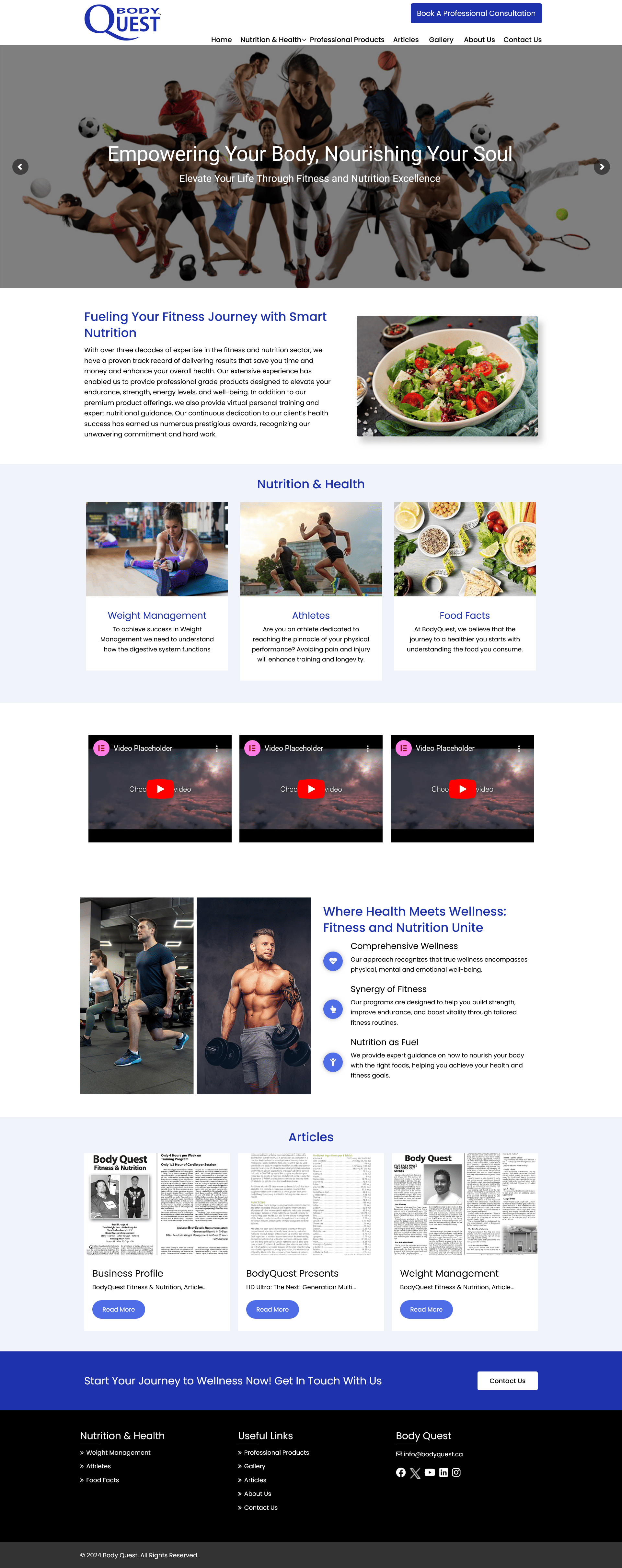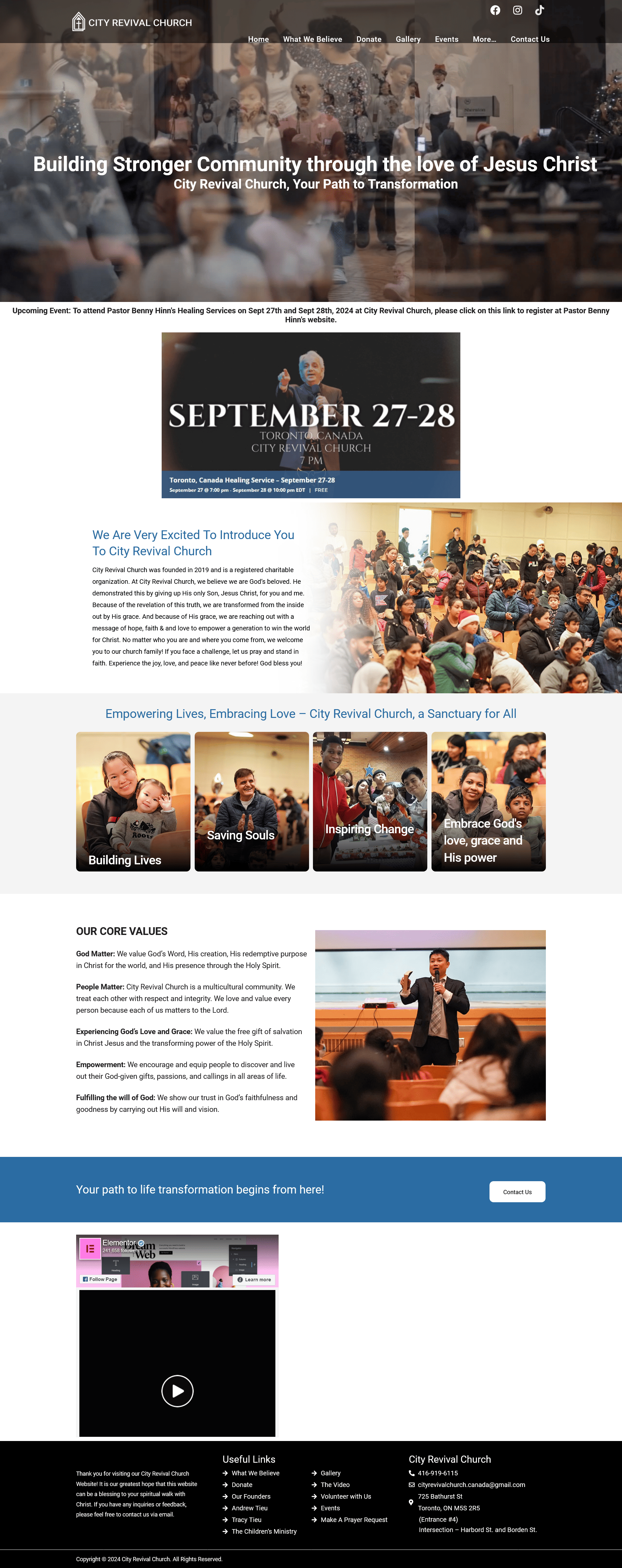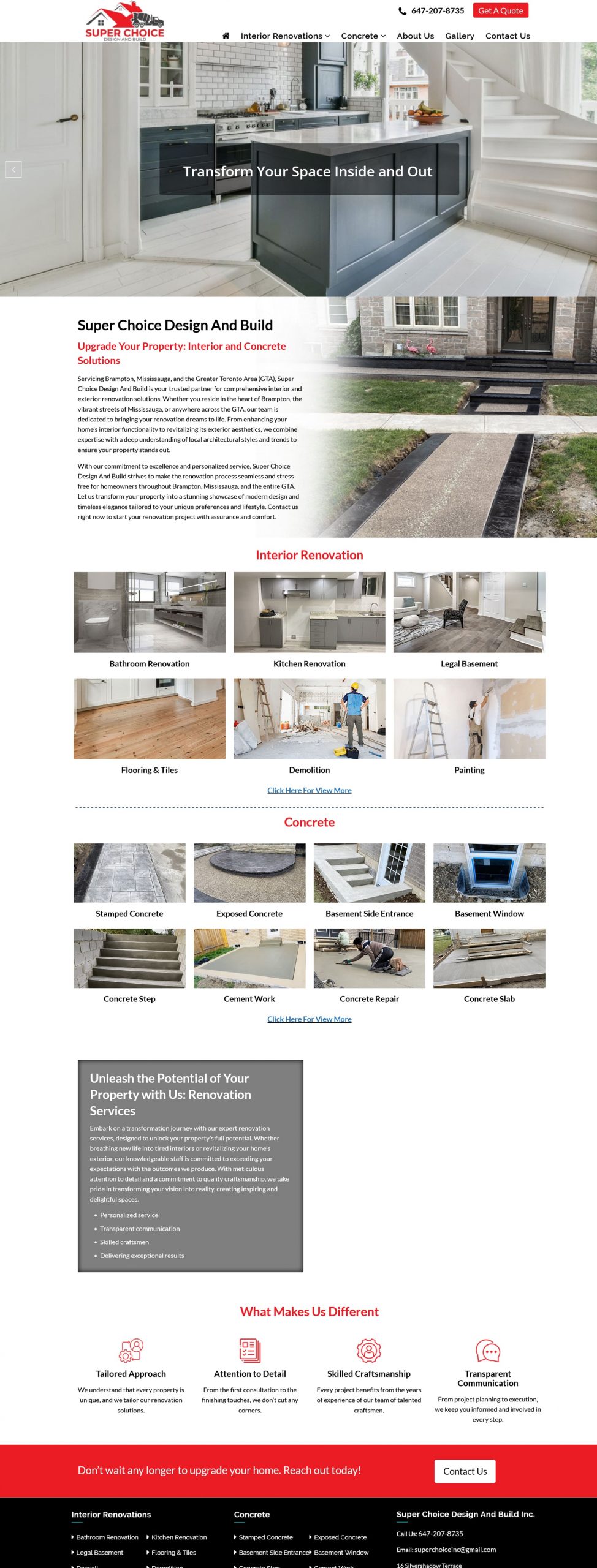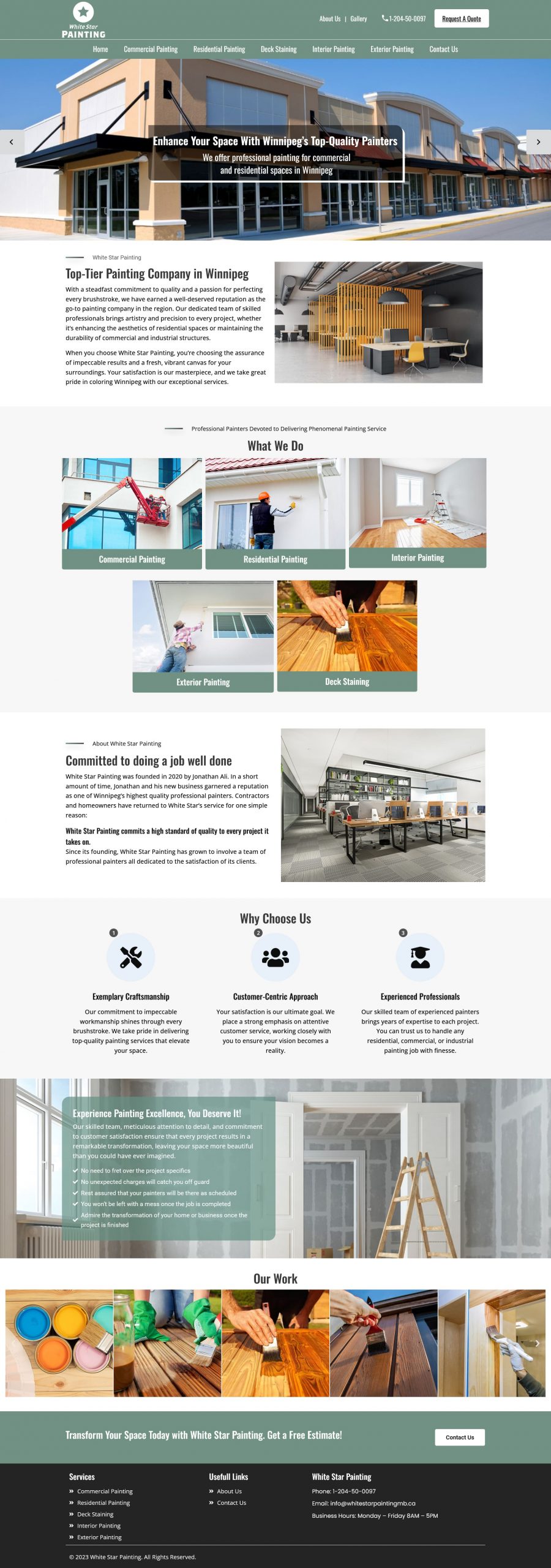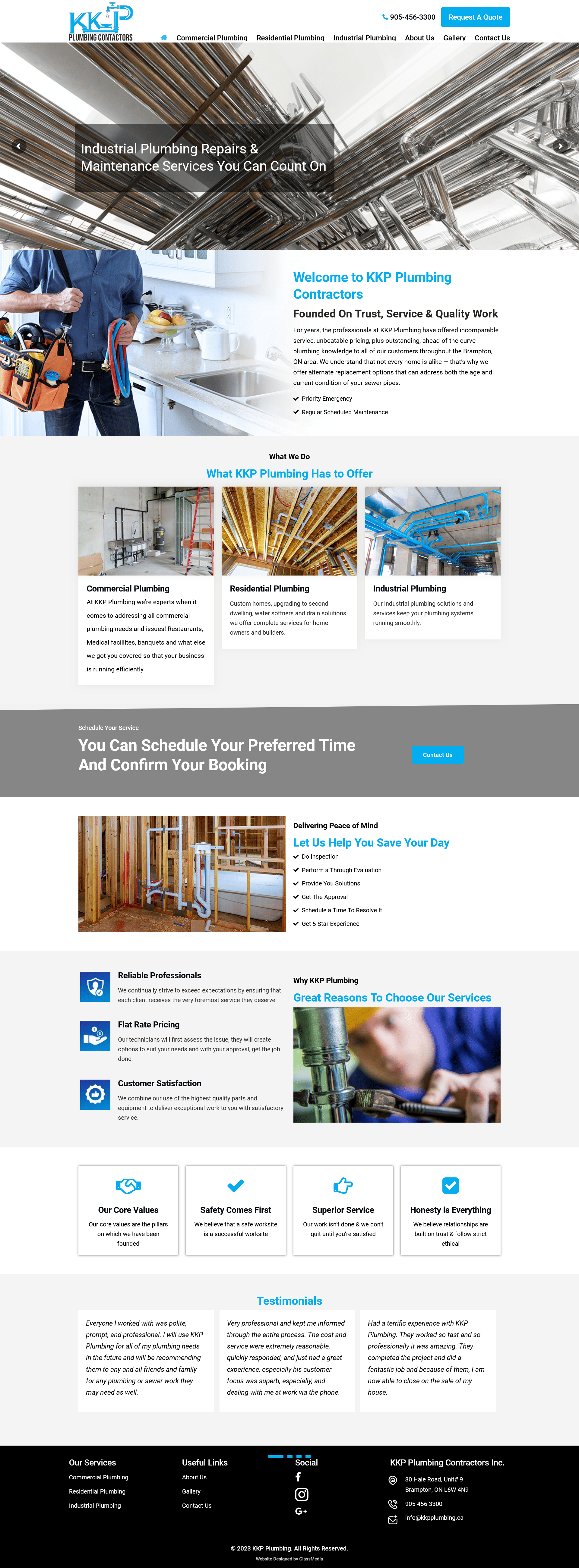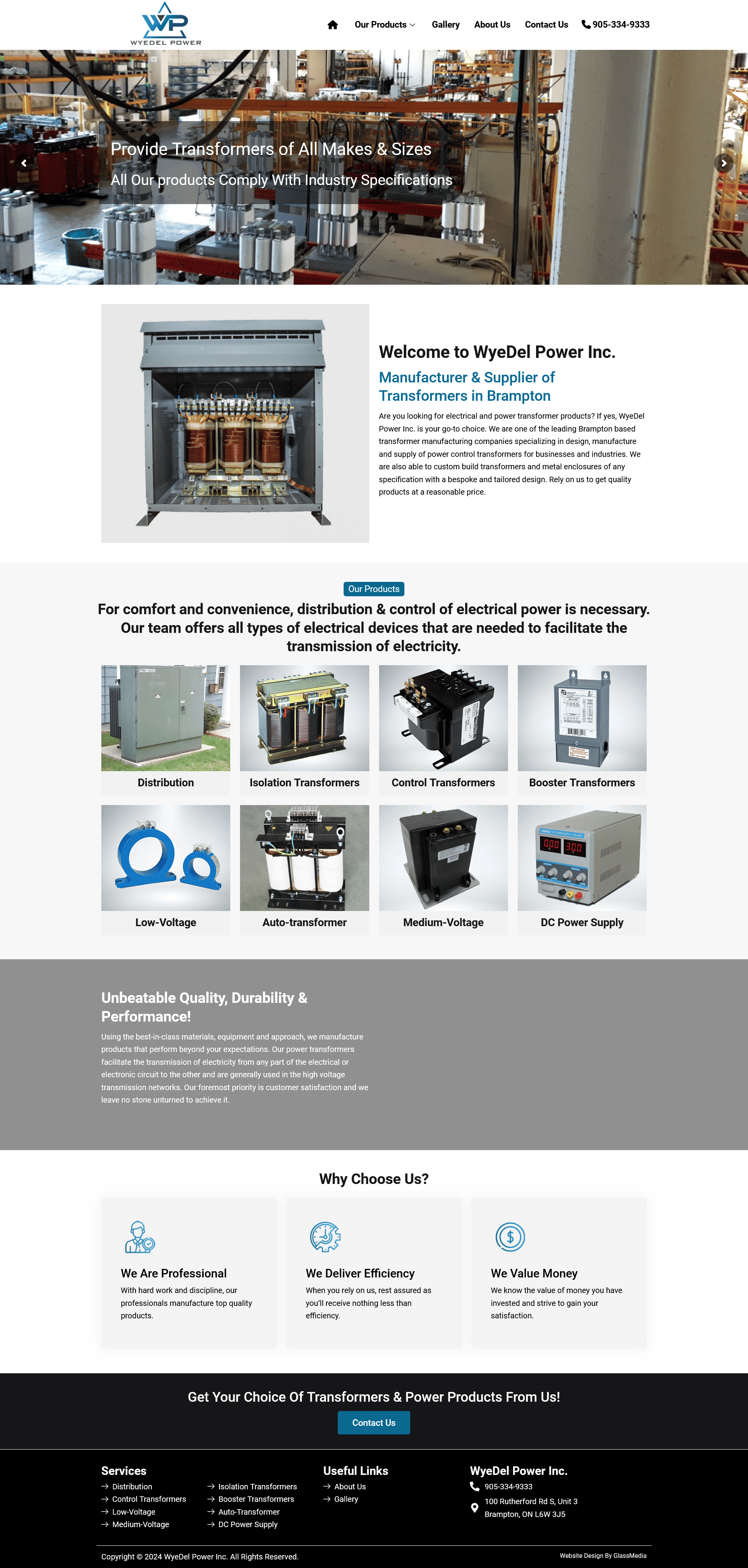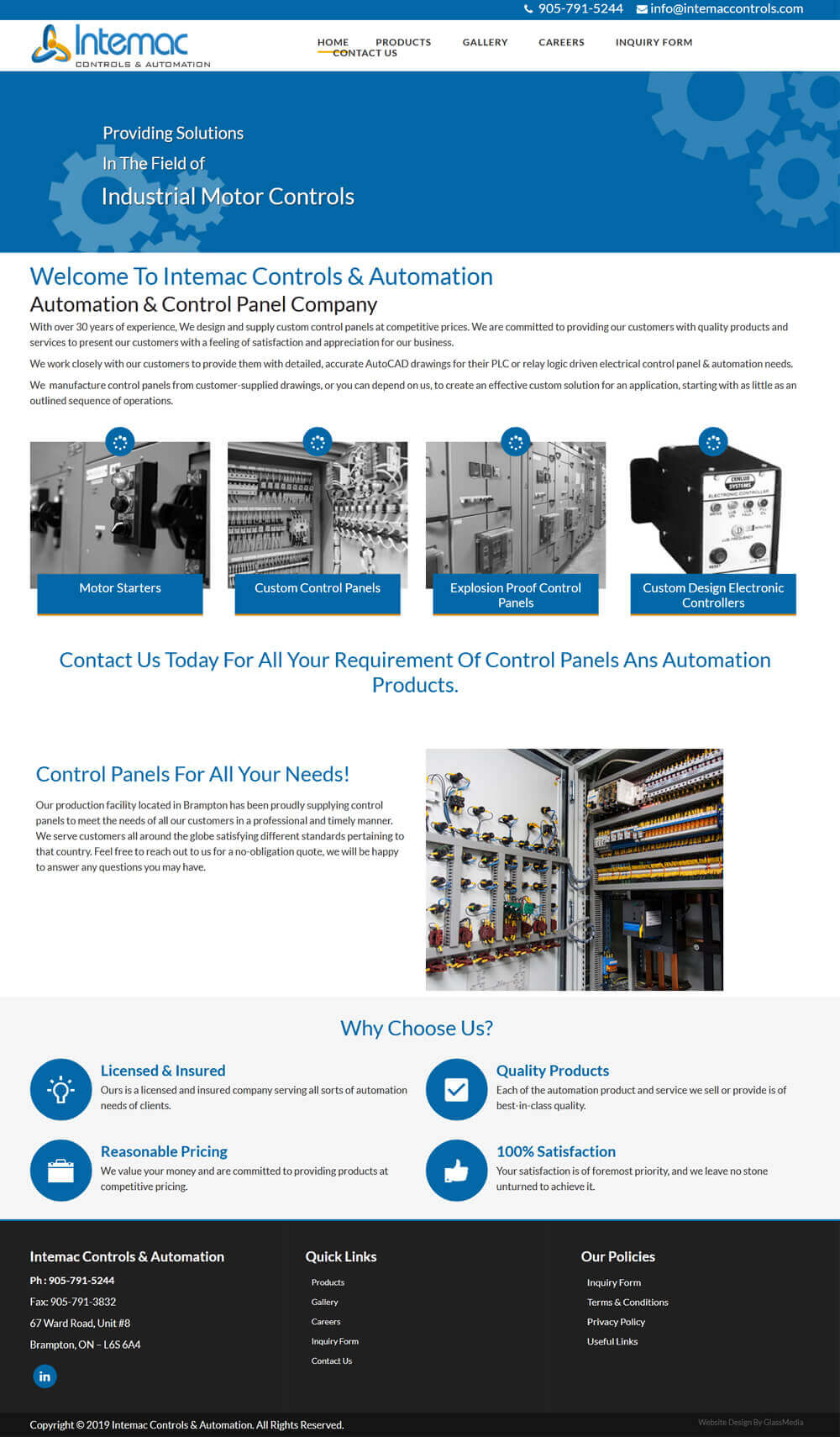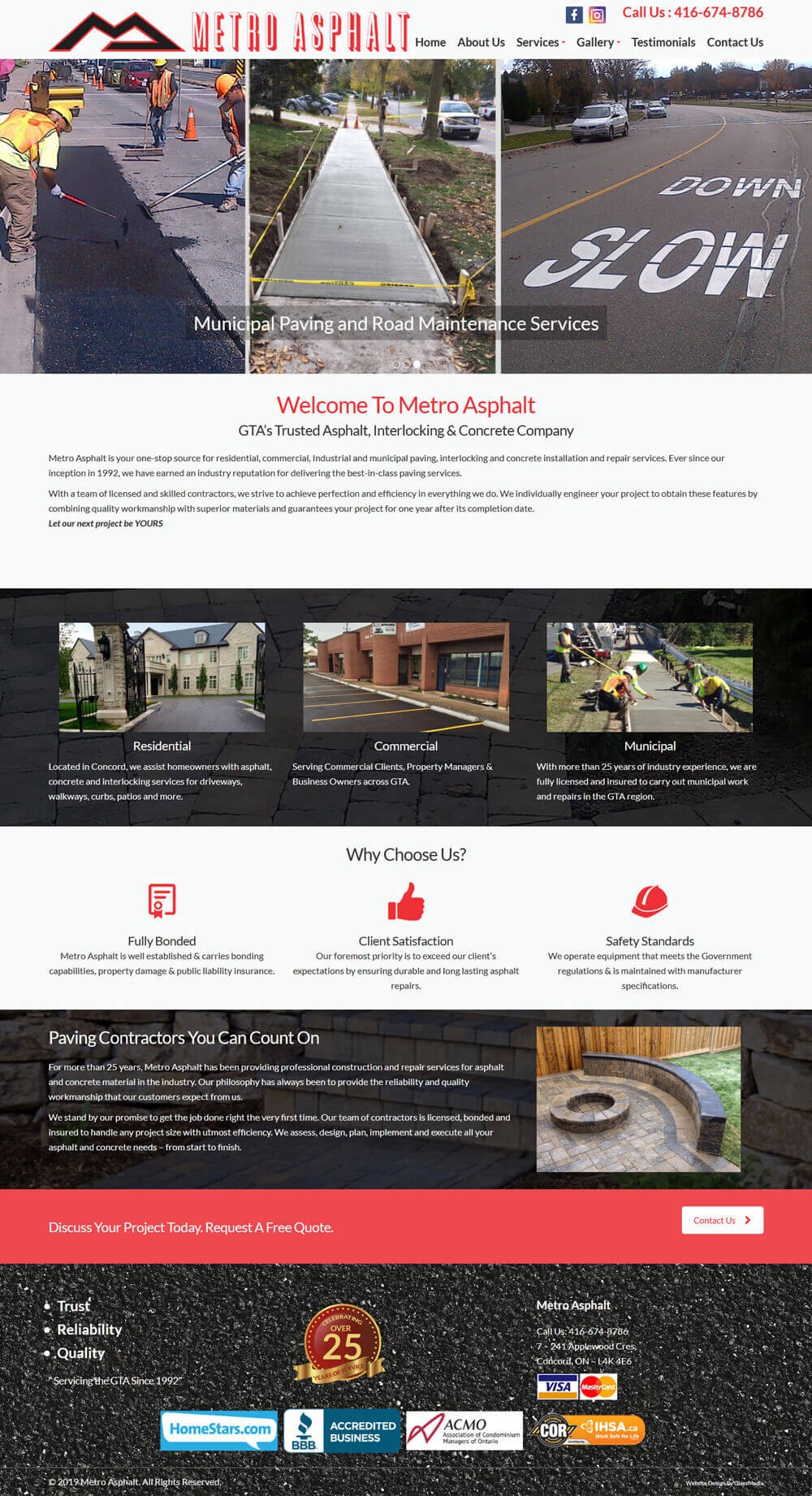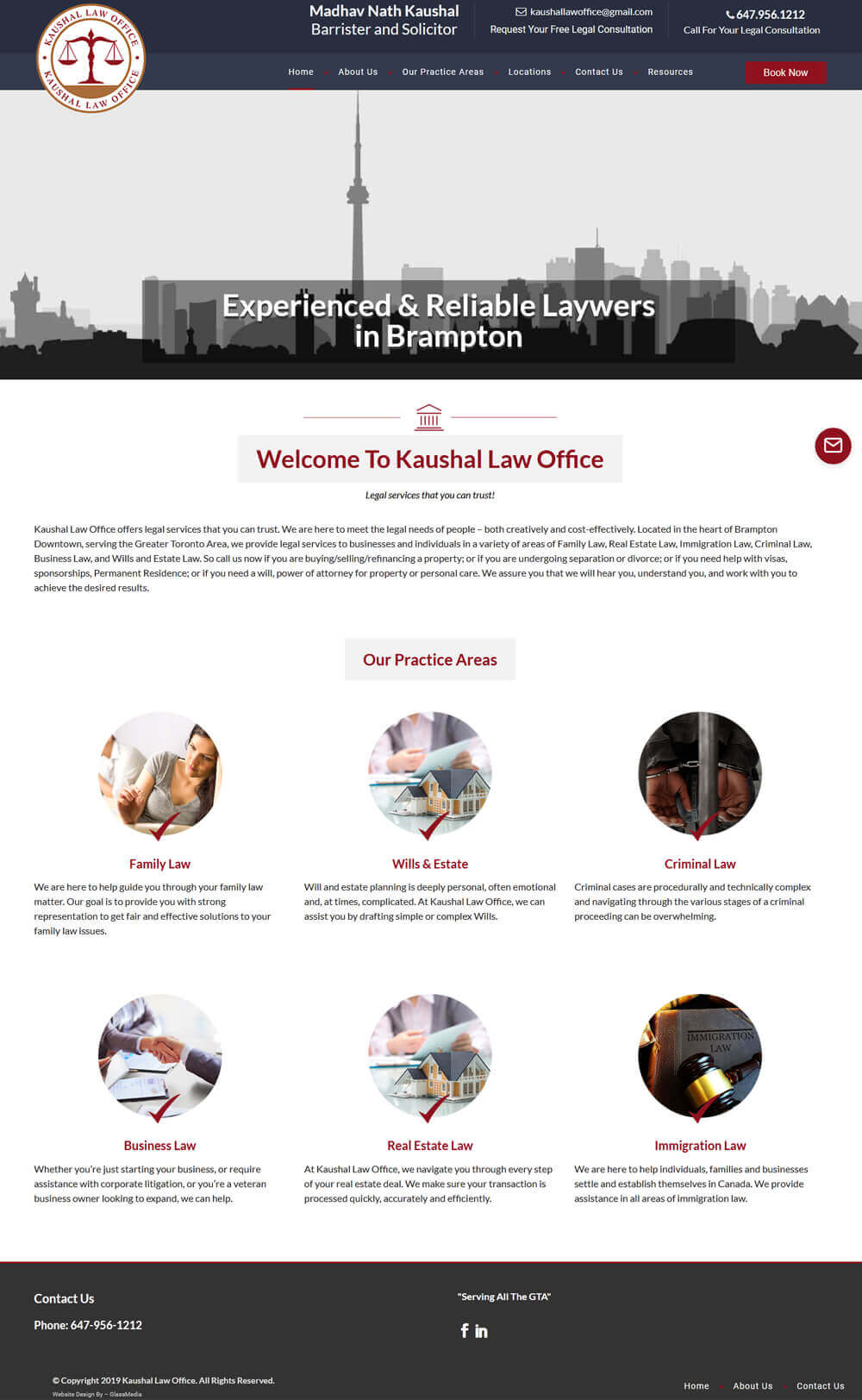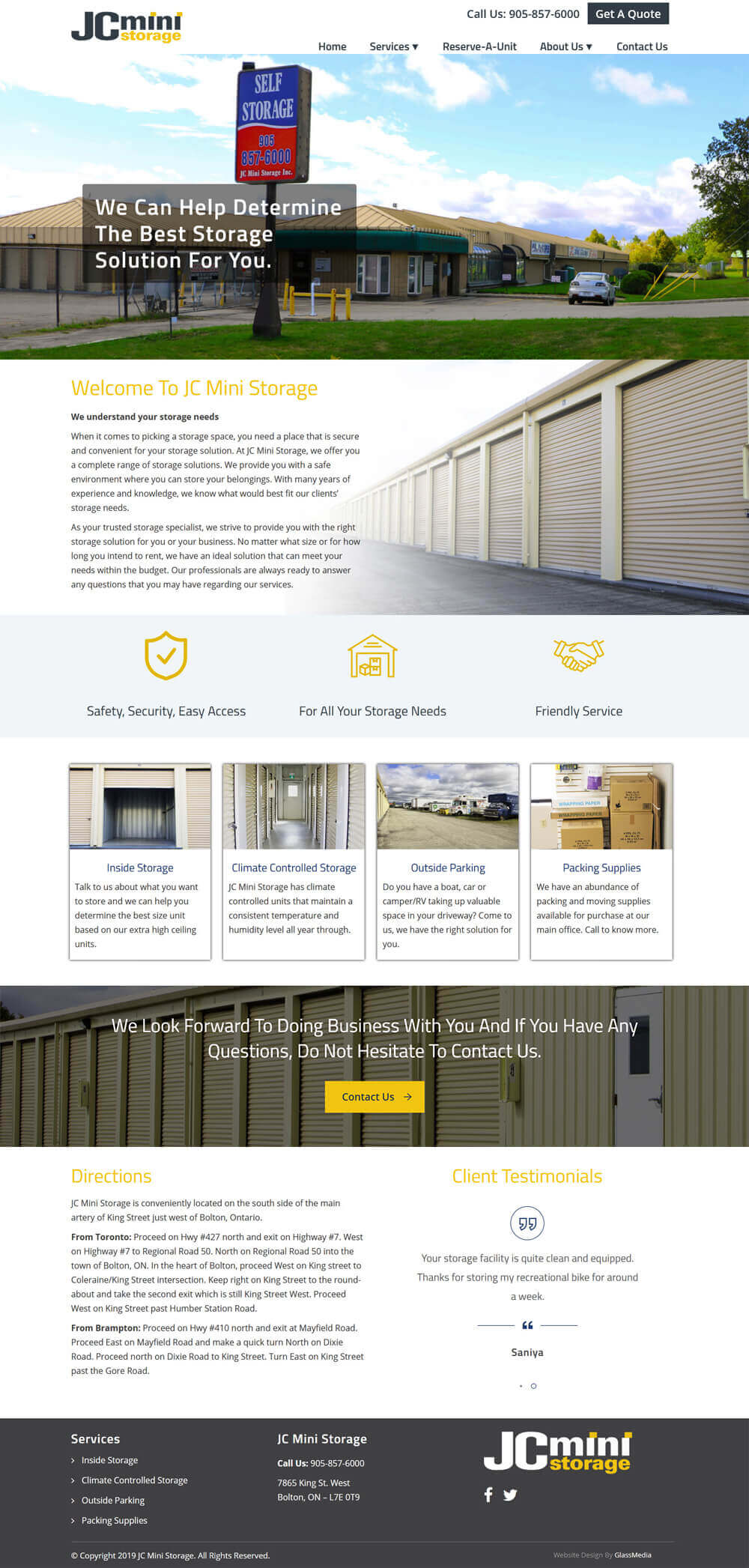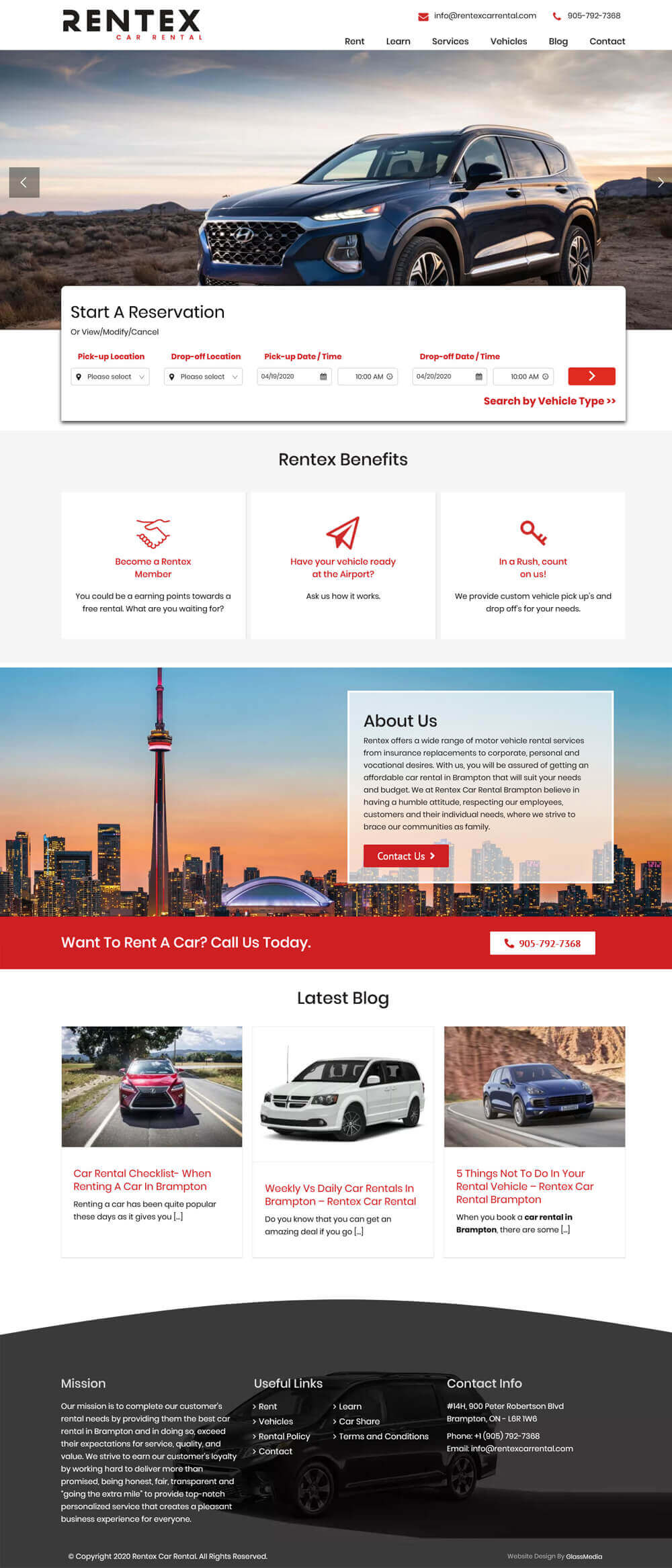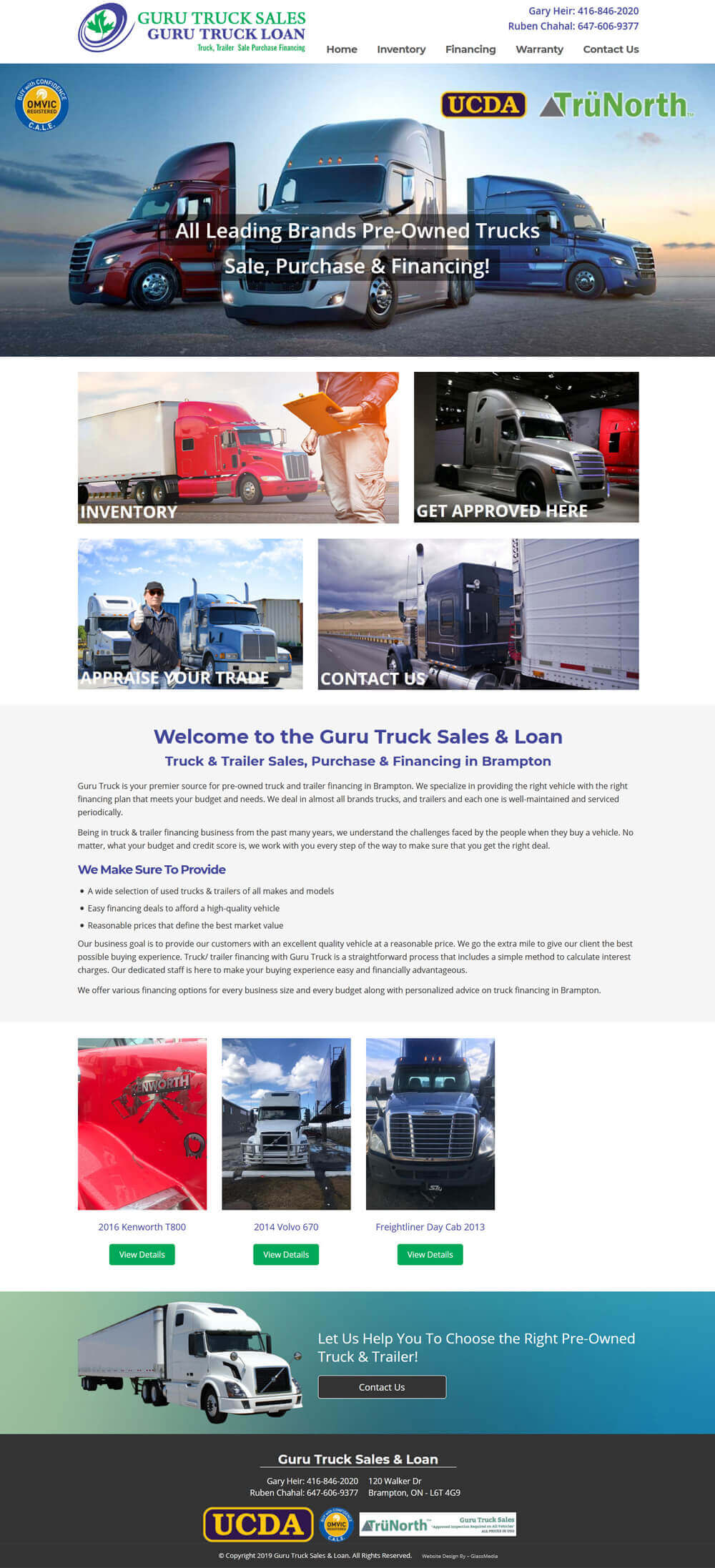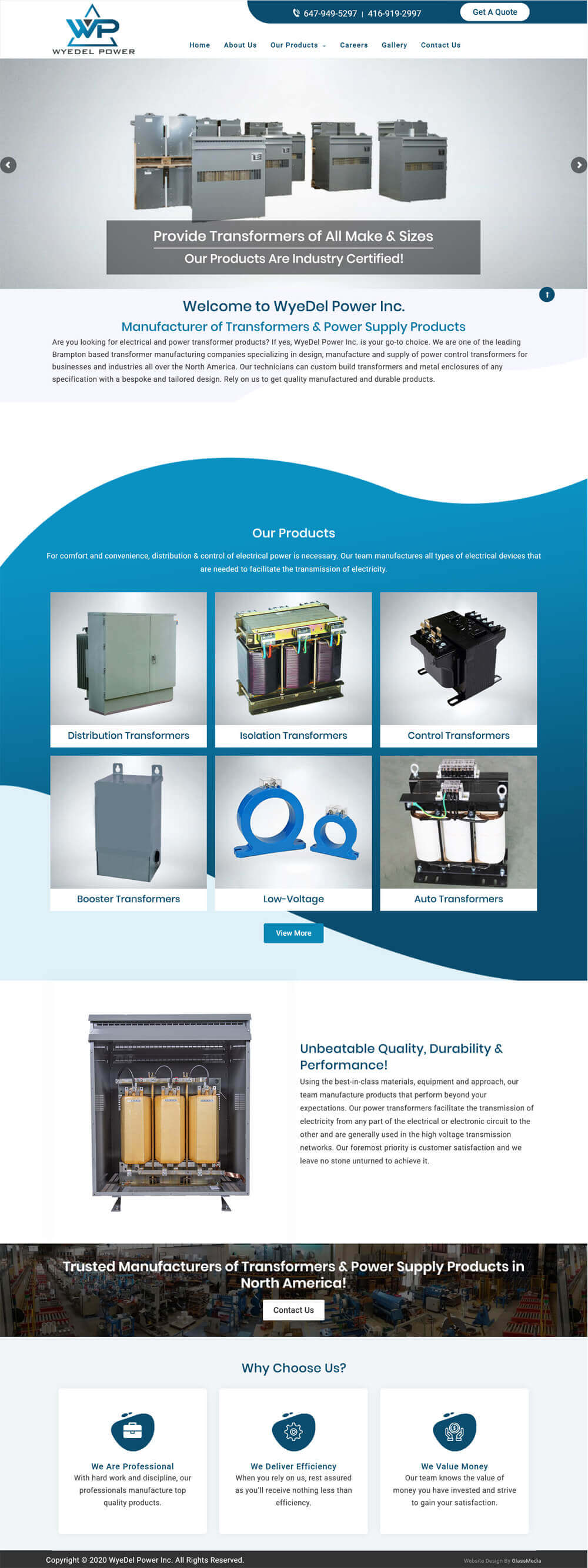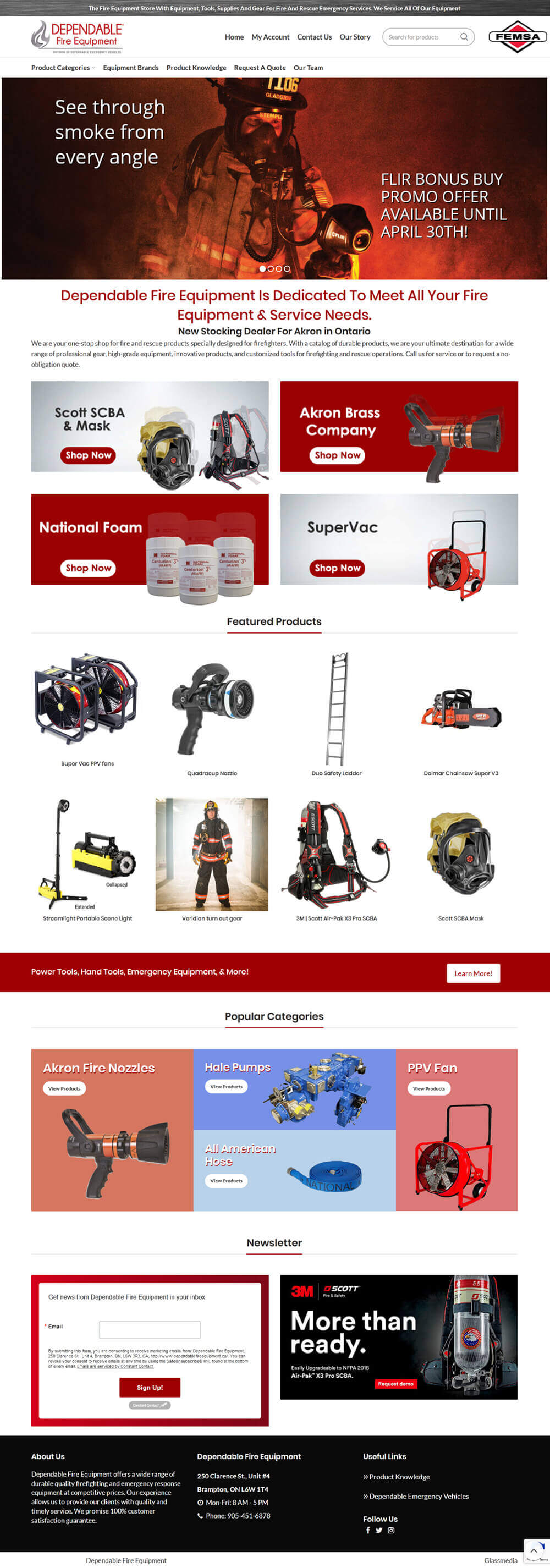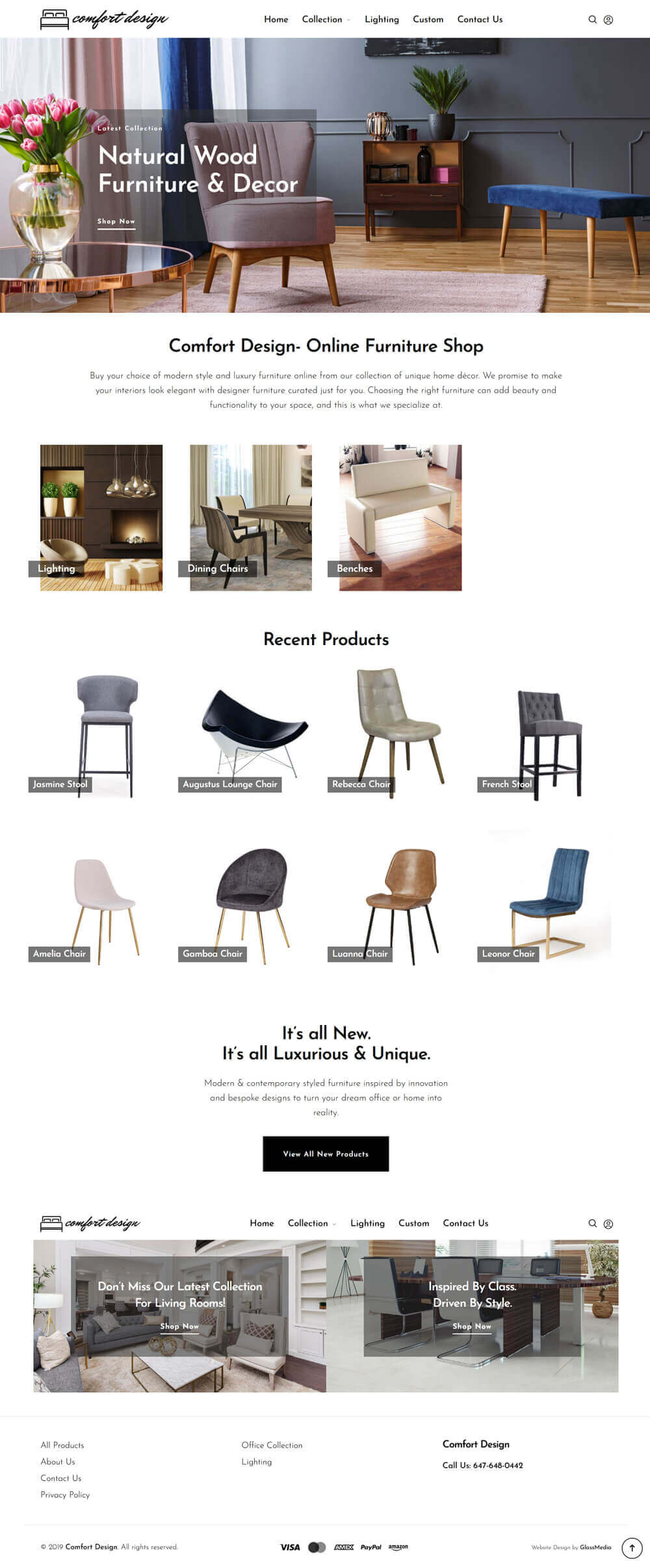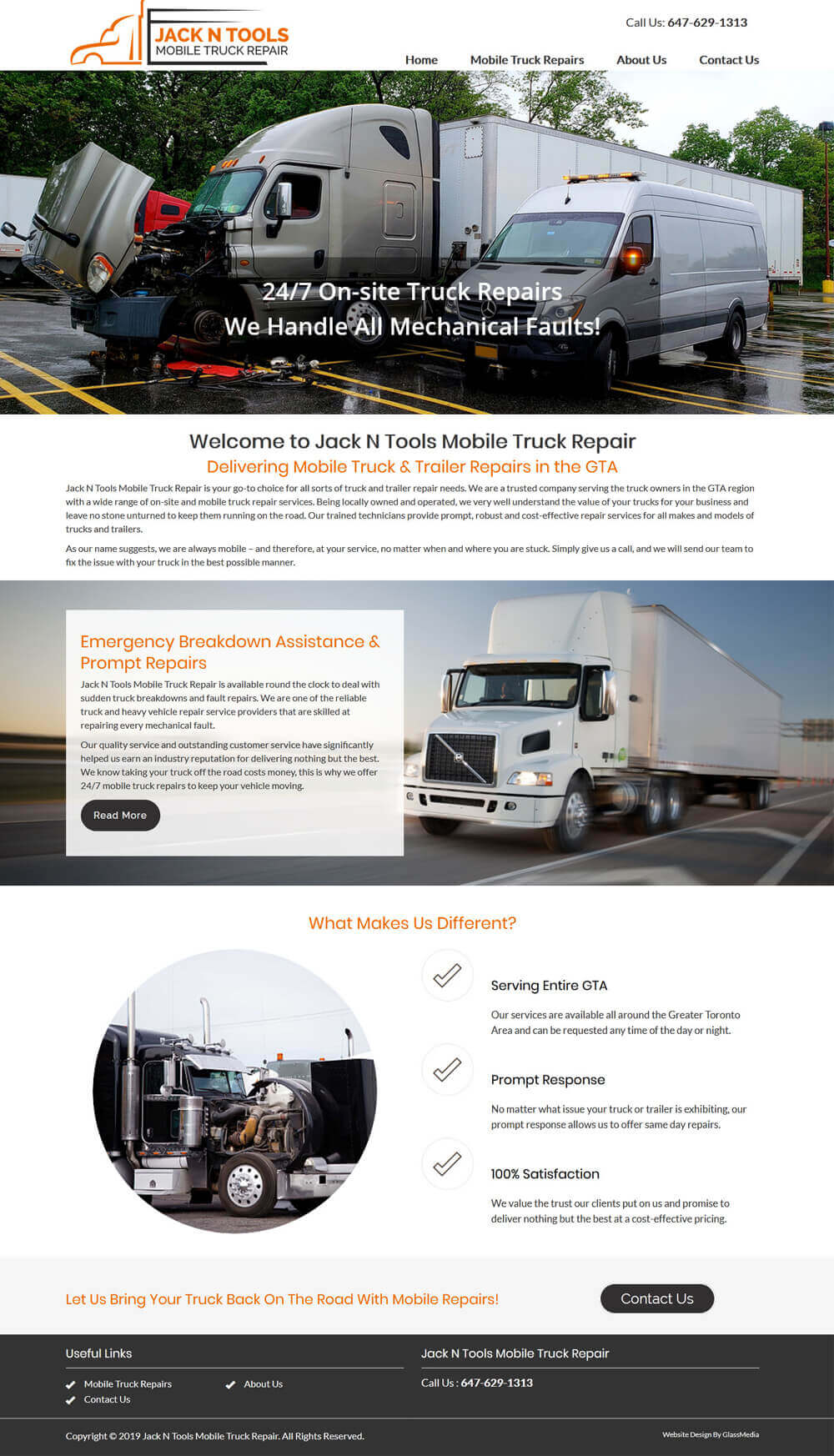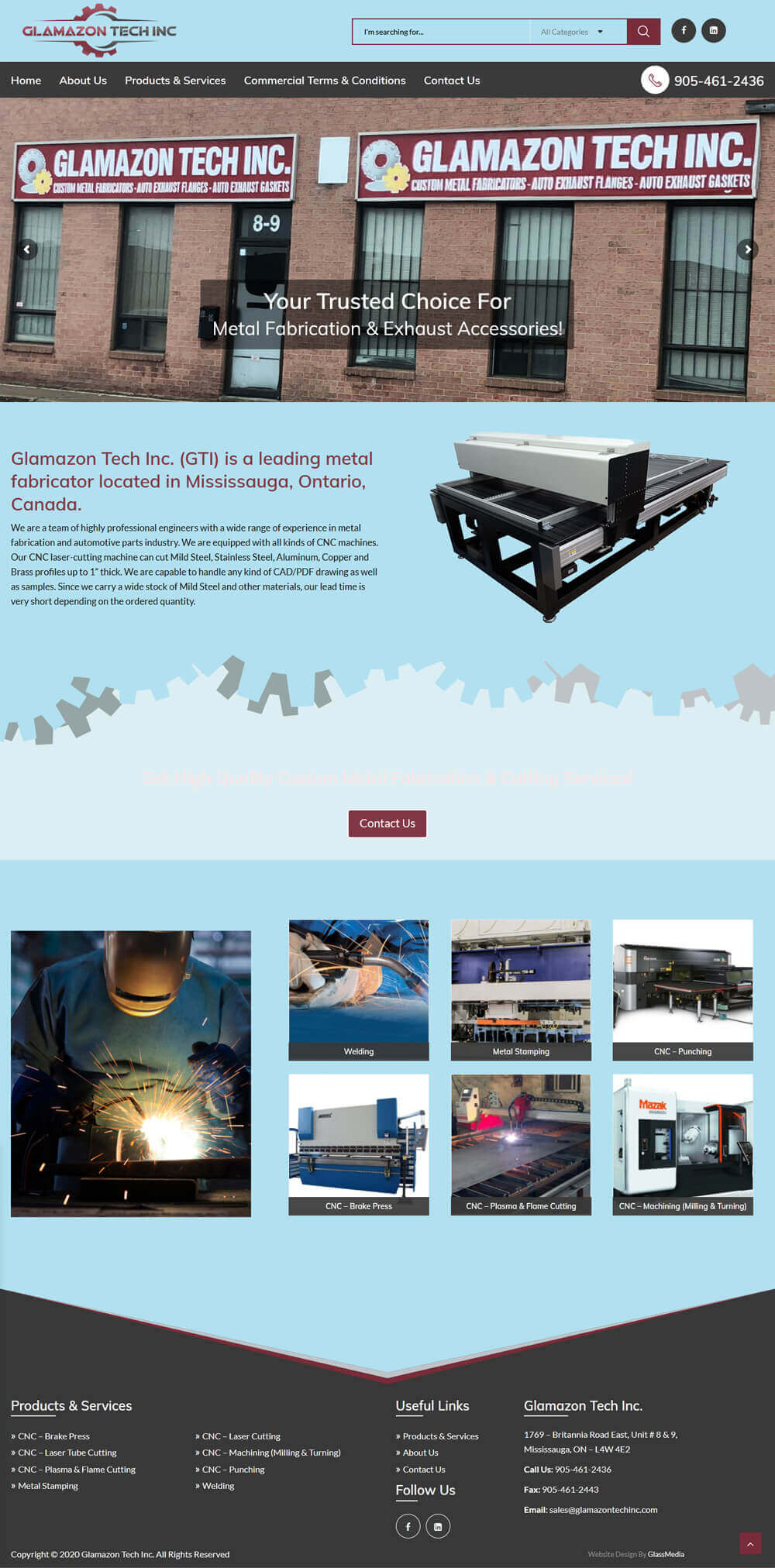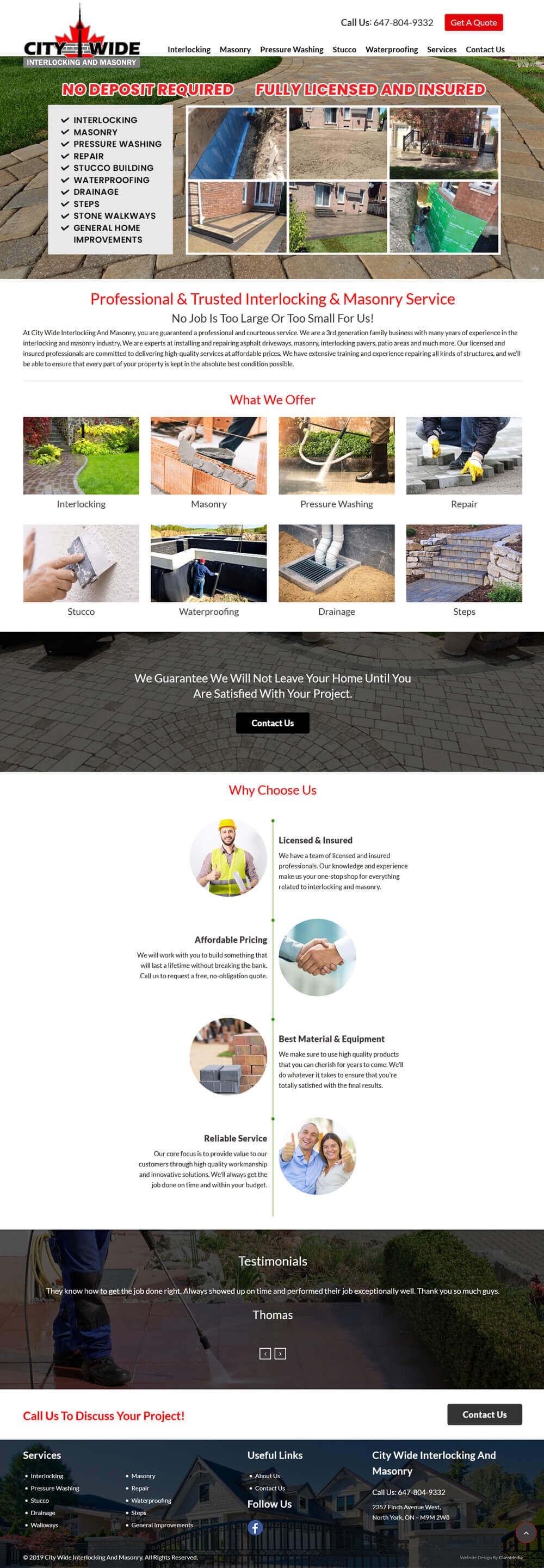In the fast-moving world of digital commerce, great products are not enough: what today’s shoppers demand are unique experiences. With personalized product recommendations, dynamic pricing, and tailored offers in emails being advertised as the latest trend in modern e-commerce marketing, personalization is no longer a nice-to-have—it’s a prerequisite. Brands embracing smart targeting add to their conversion rates while cultivating customer advocates that last a lifetime.

In this post, we’ll cover what personalization is when it comes to eCommerce, why personalization increases sales, and how you can begin to make your store less generic in its approach.
What is eCommerce Personalization?
eCommerce personalization is about delivering unique shopping experiences to every user by taking into consideration their tastes, behaviours and demographics. That could be products to surface for the user, content to recommend or even a homepage that changes based on each individual’s visit.
At its simplest level, it’s about presenting the right product to the right customer at the right time.
Why Personalization Matters in eCommerce
Personalization is not just about better user experience—it directly impacts your bottom line. Here’s how:
Higher Conversion Rates: Shoppers are more likely to purchase if they see items that fit their interests or are similar to something they’ve bought before.
Increased Customer Loyalty: Personalized experiences help customers to feel cared for and appreciated, tempting them back time and time again and promoting you as a trustworthy brand.
Reduced Cart Abandonment: Content is king. Use targeted offers, personalized emails and reminders to re-capture users who abandoned items in their baskets.
Better ROI on Marketing Campaigns: Rather than spam, smart targeting lets you concentrate marketing where it will have the most significant effect.
Smart Targeting: The Engine Behind Personalization
Targeting smarter employs data analytics and AI to segment customers and anticipate purchasing behaviour easily. With insights like browsing history, location, purchase patterns and more, companies can deliver highly personalized recommendations that feel seamless and organic.
Smart Targeting in Practice:
- Product Recommendations: “Customers who bought this also bought” on Amazon.
- Dynamic Site Content: Showing products or offers based on the country of your visitor.
- Custom Emails: Emailing product lists based on previous buys.
- Retargeting Ads: Display ads for products that people looked at and then didn’t buy.
Effective Strategies to Personalize YoureCommerce Store
Leverage Customer Data Wisely: Watch user behaviour with behavioural analytics tools and see what users do — what they click, how long they stay, and whether or not they buy your product. This allows you to create targeted campaigns that feel intuitive, not invasive.
Implement AI-Powered Recommendations: AI can even recommend which products users are most likely to purchase based on their browsing or purchasing history, driving more cross-sells and upsells.
Personalize Your Email Marketing: Move beyond generic newsletters. Divide your audience and send tailored deals, restock warnings, or birthday discounts to make emails as personalized as possible.
Dynamic On-Site Content: Display unique banners, offers or product categories based on who is visiting. One such feature is “Welcome back” messages featuring product recommendations based on a customer’s last purchase.
Leverage Social Proof and User Reviews: Display user-generated content such as reviews or photos that match your style to boost trust and conversion.
The Role of AI and Automation in Personalization
The ability for AI and machine learning to turn personalization from a manual exercise into something scalable has been transformative. With automation tools, you can:
- Real-time data analysis for quick insights.
- Forecast consumer actions and suggest next-best offers.
- Provide a unified, personalized experience across channels—web, email and social media.
Measuring the Impact of Personalization
To know if your personalization is actually working and contributing to achieving business goals, you should measure the following:
- Conversion Rate: Is driving sales higher with custom offers?
- Return Rate: Are customers coming back faster?
- AOV (Average Order Value): Is personalization driving bigger carts?
Leverage A/B testing to optimize strategies and ensure personalization is meeting business needs.
Conclusion
Personalization in eCommerce isn’t a question of technology – it comes down to knowing your customers. Smart targeting informed by data and AI transforms this run-of-the-mill shopping journey into a personalized experience that leads to loyalty and conversion.
If you’re ready to take your online store to the next level, start with personalization. When it comes to your bottom line, small steps such as personalized recommendations and segmented email campaigns can mean significant progress.


